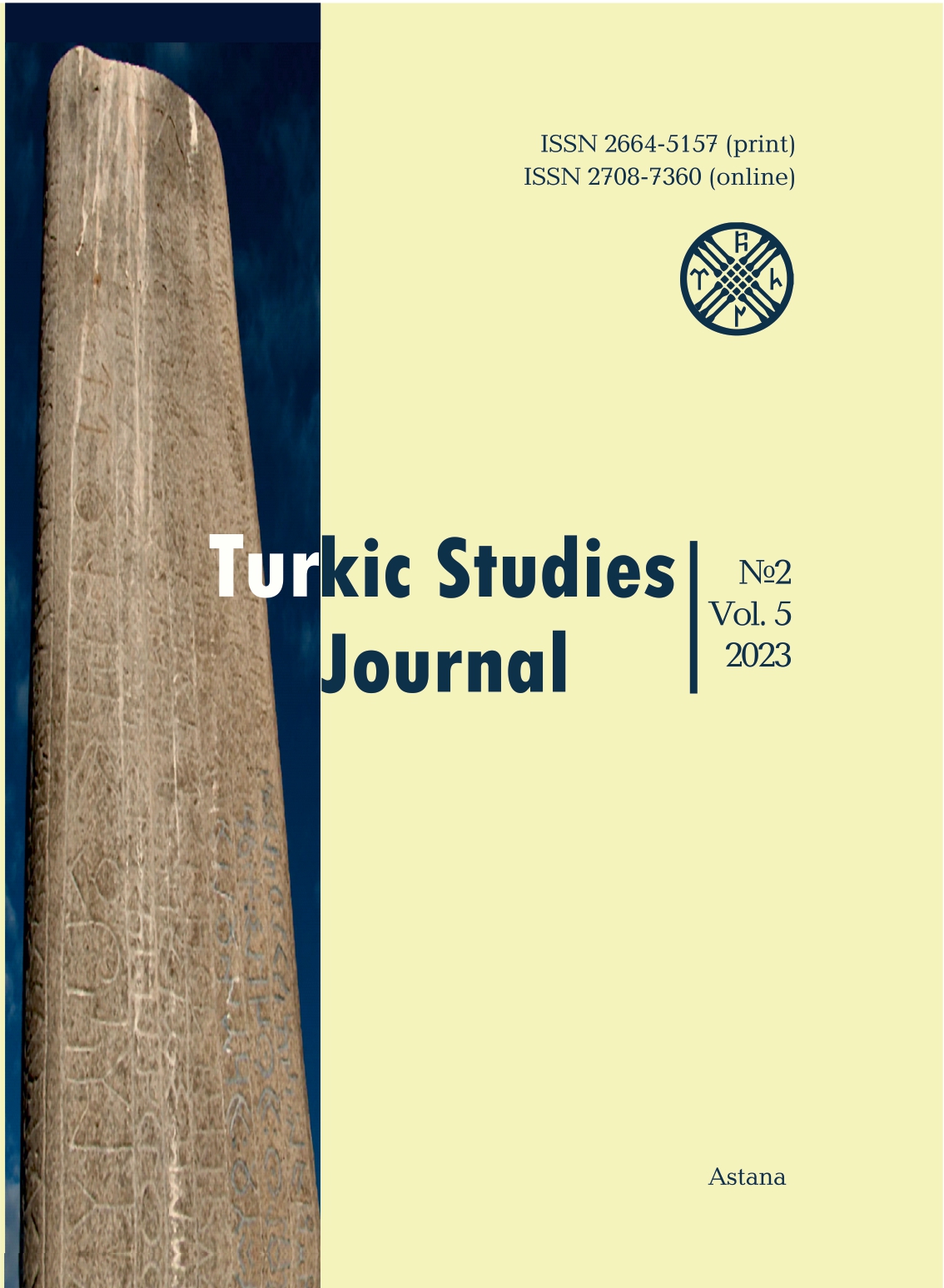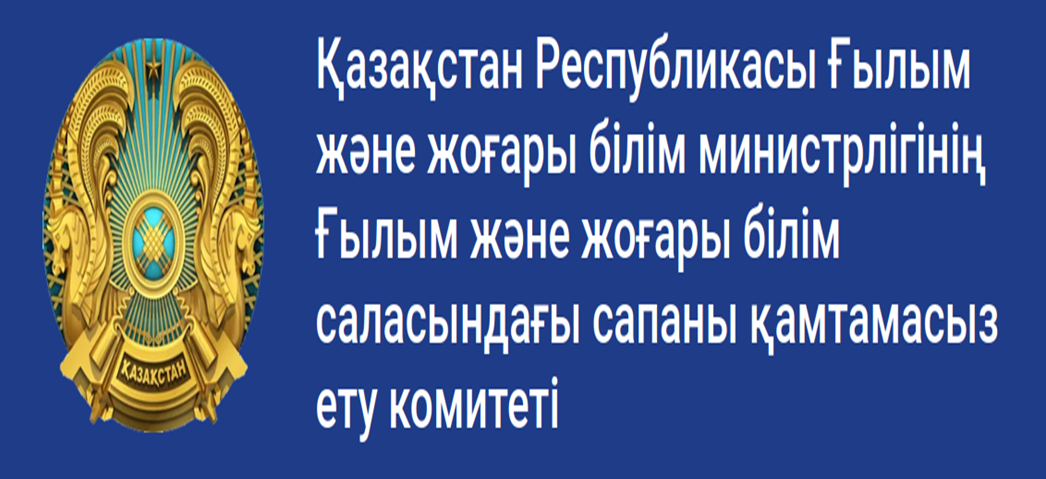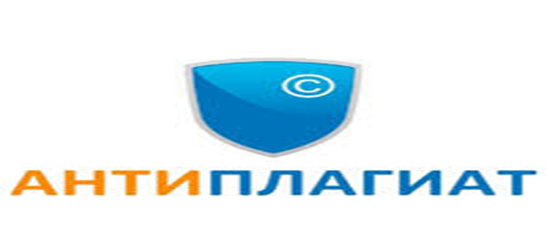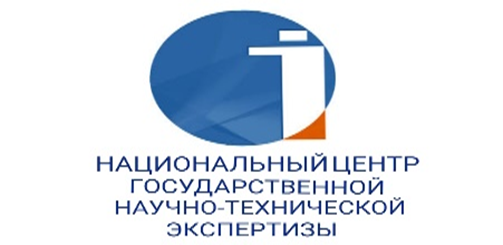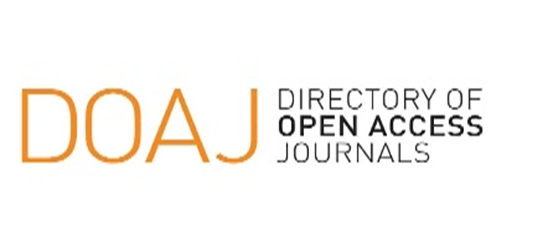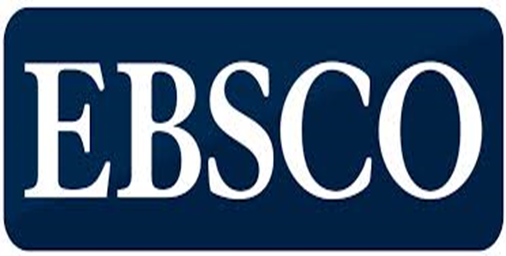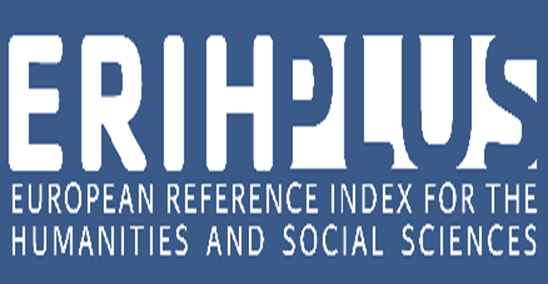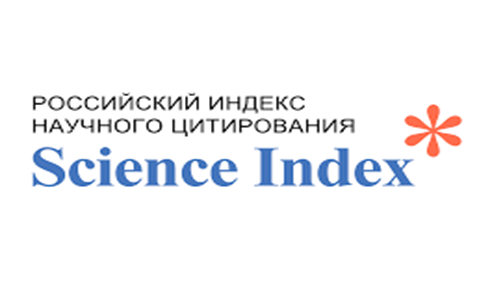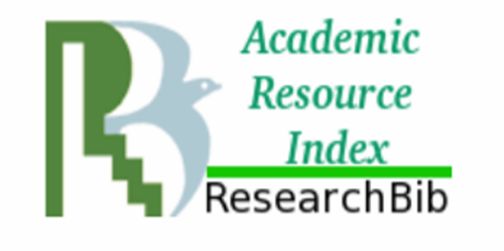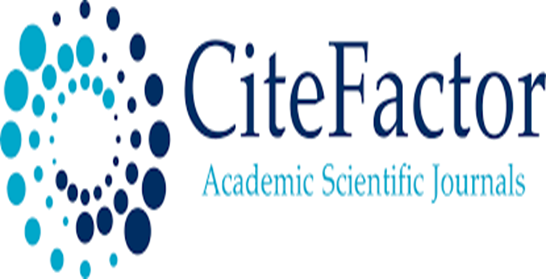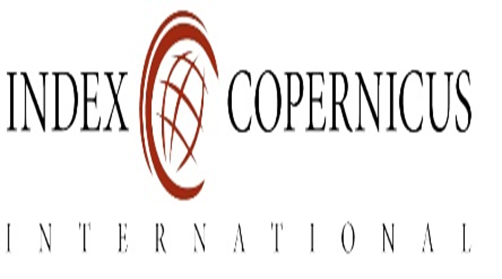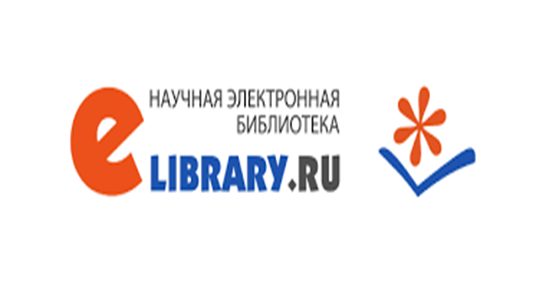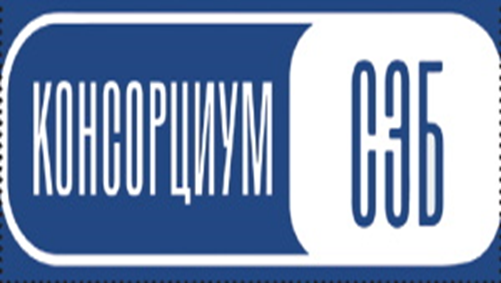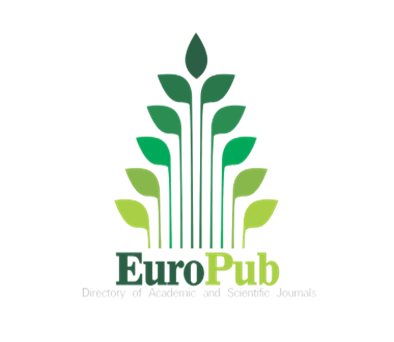Reconstruction of the seals of the khans of the Inner Horde (Bukey Horde): identification of symbols and attributes of seals
Views: 326 / PDF downloads: 460
DOI:
https://doi.org/10.32523/2664-5157-2023-2-67-92Keywords:
Inner Horde, types of seals, seals of Khans, reconstruction, attribute of power, symbol, ornament, pedestal of stamps, traditional center.Abstract
The seals used by the authorities in the history of Kazakhstan before the twentieth century can be grouped and systematized as follows: seals with archeographic symbols; seals with patterns, pictorial signs; seals with a portrait image; coat of arms seals; seals with stamps without the name of the owner; stamps with the name of the owner; relief seals without the name of the owner; relief seals with the name of the owner.
Although Kazakh khans and sultans stamped their seals in the form of rings, they did not wear them on their hands every day, and when certifying documents, the pedestal was worn on the finger in the «aynateris» way, i.e. with a pointed head up (a bird’s nose is negative when wearing a «kusmuryn» ring) or certified with holding the pedestal in the hand. But judges, rich people, volost governors, tarkhans, batyrs and elders had round, convex, square or stone seals. The shape, that is the image of the ring seal of the Khans and sultans, corresponded to the image of the top of the military banners. The pommel of the banner and the seal are the attribute of power. The fact that the head part of both attributes of power is directed upwards proves that they were generally recognized in the traditional environment.
The originals (originals) of the seals of the Kazakh Khans and sultans have not been preserved under the influence of colonization. The authors share their experience in reconstructing the seal and revealing the mystery of the symbols on the front of the seal.
Downloads
Reference
Абу-л-Фазл Байхаки, 1969. История Масуда (1030-1041). Перевод с персидского. Введение, комментарий и приложения А.К. Арендса. 2-ое дополненное. Москва. 1009 с.
Арғынбаев Х., 1987. Қазақ халқының қолөнері: Ғылыми-зерттеу еңбек. Алматы: «Өнер» баспасы. 128 б.
Дайрабай Т., 2014. Ақ патшаның сарайында болған ақсақалдар, қазақ депутациясы жөнінде бірер сөз. Түркістан газеті, 25 желтоқсан.
Джанибеков У., 1982. Культура казахского ремесла. Алма-Ата: Өнер. 144 с.
Ерофеева И.В., 2001. Символы казахской государственности (позднее средневековье и новое время). Алматы: ИД «Аркаим». 152 с.
История Древнего Востока. Учебник. 1988. Под ред. В.И. Кузищина. 2-е изд. Москва. 623 с.
Казанцев И., 1867. Описание Киргиз-Кайсак. Санкт Петербург: Типография Товарищества «Общественная польза» по Мойке, №5. 231 с.
Какабаев Б.С., 2004. Должностной знак народного судьи в дореволюционном Казахстане. Труды Центрального музея. Алматы: Ғылым. Б. 364-368.
Картаева Т., Даубаев Е., 2019. Мөр және мөрлі жүзіктің тарихи реконструкциясы. Алматы: Қазақ университеті. 65 б.
Коробейников А.В., 2005. Историческая реконструкция по данным археологии. Ижевск. 180 с.+илл.
Қазақ эпосы. 1982. Алматы: Ғылым. 227 б.
Қазақтың этнографиялық категориялар, ұғымдар мен атауларының дәстүрлі жүйесі. 2017. Энциклопедия. 4-том. Алматы: Әлем даму интеграция. 845 б.
ҚРМОМ археологиялық коллекциясы: сақтар мен үйсіндер мәдениеті. 2011. Ғылыми каталог. Алматы: Өнер. 319 б.
Мартынов А.И., Шер Я.А., 2002. Методы археологического исследования. Москва. 240 с.
Масанов Э.А., 1961. Кузнечное и ювелирное ремесло в казахском ауле. Алма-Ата. 200 с.
Махмұд Қашқари, 1997. Түрік тілінің сөздігі (Диуани лұғат-ит-түрік). 3 томдық. Алматы: Хант. Мұхаммед Пайғамбарымыз жүзік тақты ма? http://www.ihsan.kz/kk/articles/view/1334 (Қаралған күні: 10.11.2019).
Омарханов Қ., 2004. Қазақ елінің дәстүрлі құқығы. Астана: Елорда. 280 б.
Прищепова В.А., 2011. Иллюстративные коллекции по народам Центральной Азии второй половины ХIX – начало ХХ века в собраниях Кунсткамеры. СПб.: Наука. 452 с. +Ил.Сулейман // Мифы народов мира. Энциклопедия. https://www.gumer.info/bibliotek_Buks/
Mifologia/2286.php. (Қаралған күні: 15.04.2019).
Шаймерденов Е.Ш., 2001. Қазақстан Республикасының мемлекеттік рәміздері. Алматы: Жеті жарғы. 248 б.
Шариғаттағы жүзік тағу хикметі / http://mazhab.kz/kk/suraqtar/arturli/sharigattagy-juziktagu-hikmeti-128/ (Қаралған күні: 10.11.2019).
Шойбеков Р.Н., 1991. Қазақ зергерлік өнерінің сөздігі. Алматы: Ғылым. 88 б.
Янин В.Л., 1970. Актовые печати Древней Руси X-XV вв. Т. 1. Печати X – начала XIII в. Москва: Наука. 326 с.
Babayarov G., Asanov E., 2020. Coins of Tokharistan with old Turkic titles // Turkic Studies Journal, Nо 3, Volume 2. P. 6-26.

